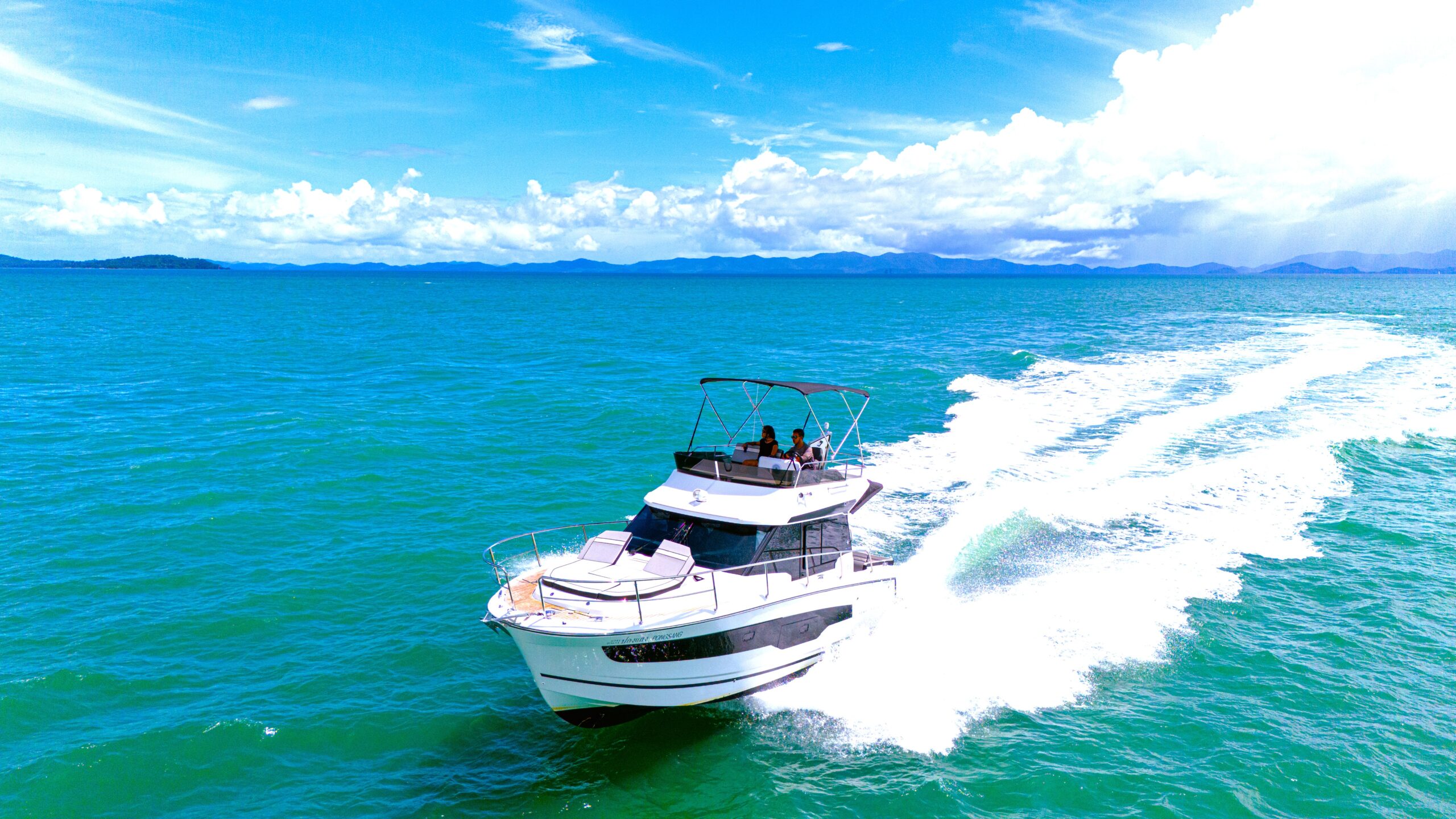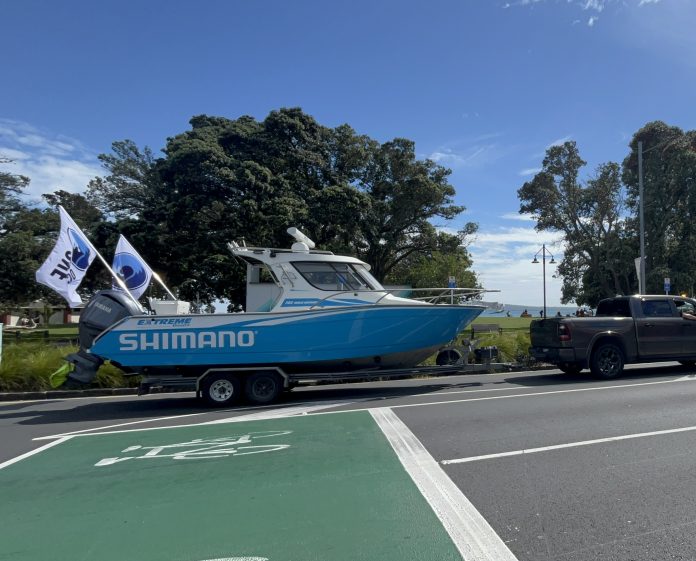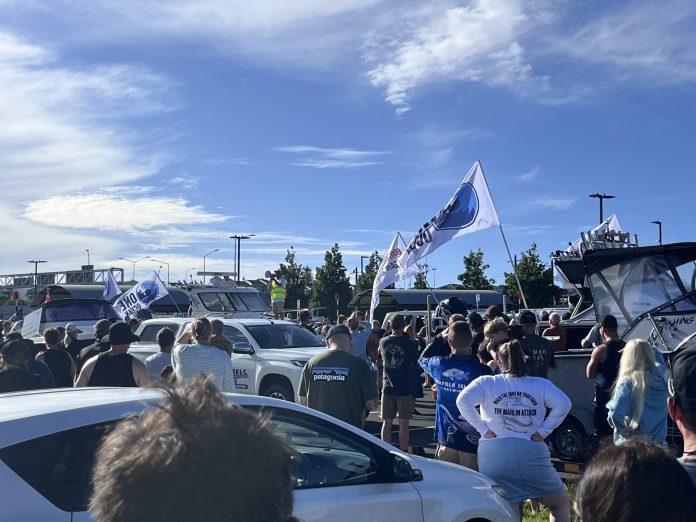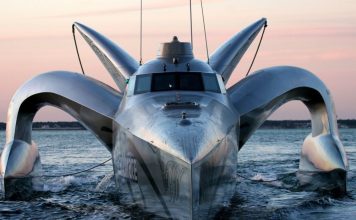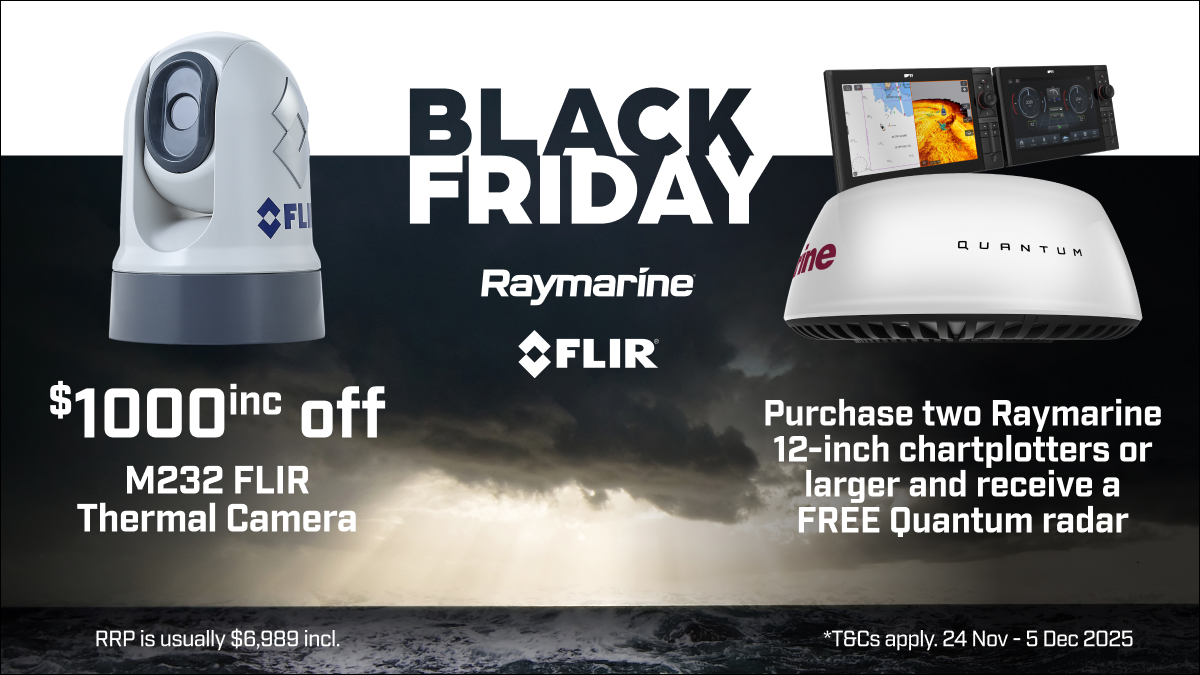The New Protections
The government’s new plan introduces 19 marine protection areas (MPAs), expanding the network of marine reserves and other protected zones in the Gulf. These MPAs aim to safeguard critical habitats and species by banning or restricting activities like fishing and seabed mining. Among the protected zones are areas around the Mokohinau Islands and Great Barrier Island, which are vital breeding grounds for fish and seabirds.
While this initiative represents a major conservation effort, it is not without controversy. Commercial fishers, who rely on the Gulf for their livelihoods, have expressed concern about the restrictions, especially since some permits for fishing were issued just before the protections took effect. Conservation groups argue that this undermines the goals of the MPAs, accusing the government of compromising on marine restoration efforts.
Conservation and Ecological Importance
The Hauraki Gulf is home to a wide range of marine species, including dolphins, whales, and numerous fish species, many of which have been in decline due to human activity. Marine reserves have been shown to help ecosystems recover, as seen in other parts of New Zealand like the Poor Knights Islands, where no-take zones have resulted in increased fish populations.
DOC (Department of Conservation) and other groups see these protections as critical to reversing decades of damage. The new MPAs are designed to protect marine biodiversity, restore fish stocks, and support traditional Māori practices related to kaimoana (seafood gathering), reinforcing the cultural significance of the area.
Fishing Industry Concerns
Commercial fishers, particularly those relying on small-scale operations, are worried about the economic impact of the new protections. Some argue that the restrictions on fishing will harm their businesses, while others criticise the government for allowing limited commercial fishing in certain protected areas. Critics, including conservationists, feel this weakens the overall effectiveness of the new MPAs, particularly in zones still open to bottom trawling and other harmful practices.
Future of Marine Protection
While the new protections are a significant step forward, their success depends on enforcement and future reviews. The government plans to assess the protections every five years, allowing for adjustments based on scientific data and stakeholder feedback. Long-term success will require continued collaboration between the government, iwi, conservationists, and the fishing industry to ensure that the Gulf’s ecosystems can recover while supporting sustainable economic activities.
Conclusion
The new marine protections in the Hauraki Gulf offer hope for the restoration of a vital marine environment. However, balancing environmental needs with the interests of commercial fisheries remains a challenge. The future of the Gulf will depend on the effective implementation and expansion of these protections.











